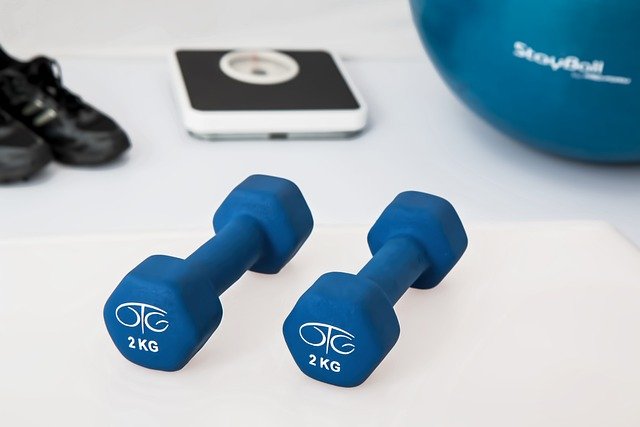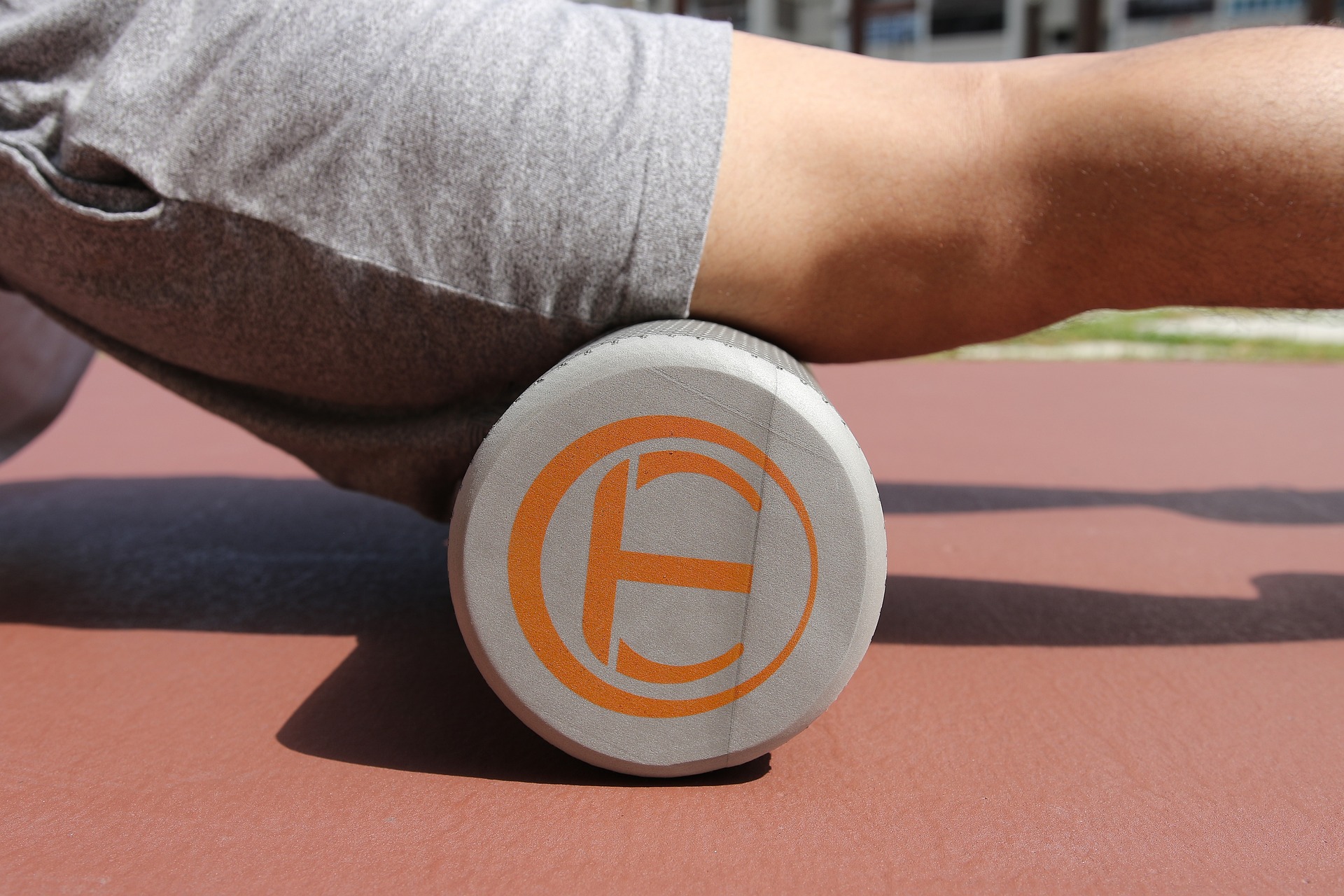Decoding the Intricacies of Biomechanics in High-Performance Athletics
The science of sports biomechanics was born out of the desire to understand how the human body moves and how it can move more efficiently. This discipline has its roots in the early 20th century, when scientists began using film to analyze athletes' movements. Over time, as sports became more competitive and athletes sought every possible advantage, the study of biomechanics evolved into an essential component of high-performance athletics.

An Overview of Sports Biomechanics
At its core, sports biomechanics is the study of the mechanical laws relating to the movement of living organisms. It is a multi-disciplinary science that draws on principles from physics, engineering, and anatomy to understand human movement. This involves the analysis of athletes’ movements to assess performance, identify potential for injury, and suggest modifications to enhance efficiency and effectiveness.
The Interplay of Force and Motion
One of the most fundamental aspects of sports biomechanics is the study of forces and their effects on motion. By understanding the forces exerted by and on an athlete, we can better comprehend the mechanics of their movements. This knowledge enables us to optimize performance, prevent injuries, and devise effective training strategies.
The Role of Sports Biomechanics in Injury Prevention
Sports biomechanics plays a critical role in injury prevention. By analyzing the biomechanics of an athlete’s movements, potential areas of stress or strain can be identified. This information can then be used to modify techniques, design injury prevention programs, and guide rehabilitation processes.
The Future of Sports Biomechanics: A Glimpse into the Crystal Ball
While sports biomechanics has already made significant contributions to athletics, its potential is far from exhausted. With advancements in technology and a deeper understanding of the human body, the discipline is poised to revolutionize sports science in the coming years. As we continue to explore the intricacies of human movement, one thing is certain: sports biomechanics will remain at the forefront of athletic performance enhancement.
In conclusion, sports biomechanics offers a fascinating glimpse into the complex interplay of forces, motion, and the human body in athletic performance. As we continue to delve deeper into this discipline, it promises to unlock new frontiers in our understanding of human movement and our quest for athletic excellence.




